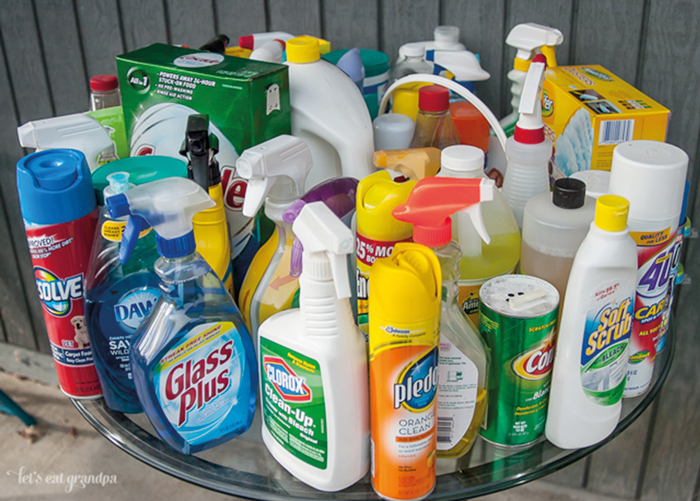Homes are safe havens that people retreat to in an effort to relax and unwind. There is always the risk that homes may be harboring some hazards, putting those who live there at risk.
In today’s climate the struggle to keep up with disinfecting protocols, and setting up for maximum sanitary conditions, in order to stem the tide of the pandemic, has many people in search of cleansers and sanitizing agents
But many of these products must be both used and stored with caution. Individuals who make a concerted effort to educate themselves about common household chemicals can reduce the likelihood that such cleaners will hurt them in the long run. The following are some commonly used products that may prove dangerous or irritating with prolonged use.
Air fresheners
These seemingly innocuous products may be doing more harm than good. Information published in The Journal of Toxicological Sciences linked air fresheners to volatile organic compounds, or VOCs. They also may contain ultra-fine particles of formaldehyde and phenol. In addition, National Geographic’s The Green Guide states that many air fresheners contain nerve-deadening chemicals that coat nasal passages and temporarily block one’s sense of smell. Many widely available air fresheners use phthalates, which are linked to hormonal and reproductive issues, birth defects and developmental disorders. In lieu of chemical air fresheners, spray diluted essential oils around the house.
All-purpose cleaners
Many cleaners list bleach and ammonia among their ingredients. Bleach may be listed as sodium hypochlorite. When used as directed in a well-ventilated space, bleach and ammonia can be relatively safe. However, fumes from bleach or ammonia can cause rashes and skin irritation and irritate the eyes and respiratory tract. Bleach and ammonia should never be mixed because mixing the two can produce a deadly chloramine gas.
Vinegar and baking soda can be used as a replacement for many household cleaning products, and these alternatives have virtually no dangerous side effects. Another highly effective and recommended course of attack is a steamer/sanitizer apparatus.
Drain and oven cleaners
Many drain and oven cleaners contain lye (sodium hydroxide or potassium hydroxide), a chemical derived from salt or wood ash that is used to break down other substances, particularly those that are sticky. Lye is quite caustic in high amounts and extremely alkaline, which can cause burns and skin irritation. Lye is also found in soaps and detergents. When handled correctly in safe amounts, lye can be used safely. However, it can be dangerous if it gets into the hands of children or is touched by pets.
Antibacterial products
Antibacterial soaps, lotions and wipes may contain triclosan, triclocarban and at least 17 additional ingredients that are linked to various negative health effects. In September 2016, the U.S. Food and Drug Administration banned the use of these antibacterial agents. These chemicals can disrupt hormone cycles and cause muscle weakness.
“There’s no data demonstrating that over-the-counter antibacterial soaps are better at preventing illness than washing with plain soap and water,” the FDA said in a press release issued shortly after the rule was announced.
In addition to the aforementioned products, some carpet cleaners, toilet cleaners and other detergents may prove harmful. Always read ingredient lists, use products in the proper fashion and keep any and all chemicals away from children and pets.

